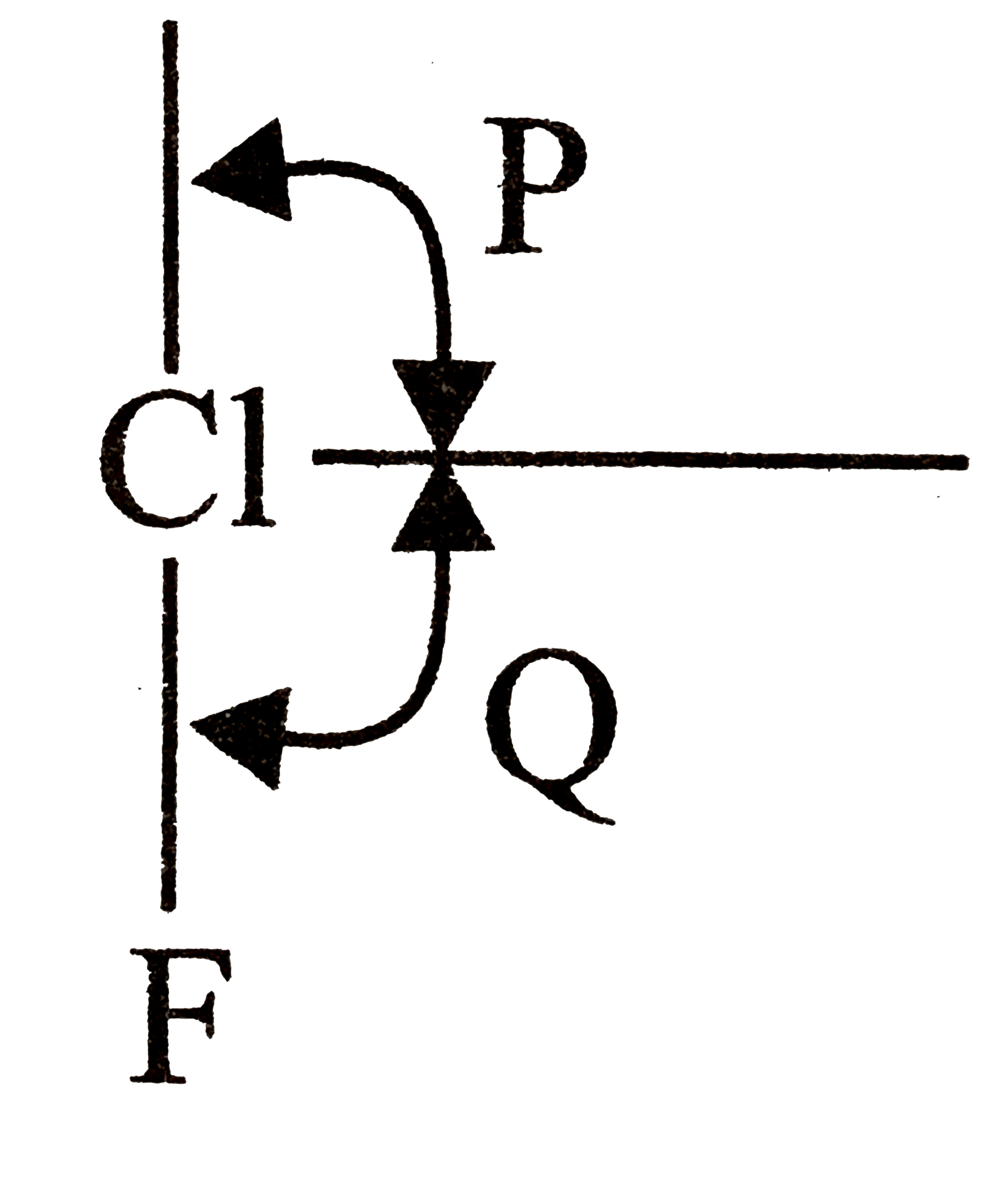Consider the following statements :
(P) Steric number '7' gives sp3d3 hybridisation
(Q) In ClF3, at least one bond angle is exactly 180∘
(R) Lone pair does not cause any distrotion in the bond angle
The above statements P, Q, R respectively are : (T = True, F = False)
TFF
TTF
FTF
TTT
The correct Answer is:A
Topper's Solved these Questions
- BOOK - GRB PUBLICATIONCHAPTER - CHEMICAL BONDING-IEXERCISE - E.Bond Polarity/Dipole Moment57videos
CHEMICAL BONDING-I
- BOOK - GRB PUBLICATIONCHAPTER - CHEMICAL BONDING-IEXERCISE - F.Resoncance29videos
CHEMICAL BONDING-I
- BOOK - GRB PUBLICATIONCHAPTER - CHEMICAL BONDING-IEXERCISE - C.Identification of Planes; Allenes22videos
CHEMICAL BONDING-I
- BOOK - GRB PUBLICATIONCHAPTER - CARBOXYLIC ACID AND DERIVATIVES, AMINES AND OTHER NITROGEN COMPOUNDSEXERCISE - Subjective type19videos
CARBOXYLIC ACID AND DERIVATIVES, AMINES AND OTHER NITROGEN COMPOUNDS
- BOOK - GRB PUBLICATIONCHAPTER - CHEMICAL KINETICSEXERCISE - Subjective Type63videos
CHEMICAL KINETICS
Similar Questions
If statement p→(q∨r) is true then the truthvalues of statements p,q,r respectively (a) T,F,T (b) F,T,F (c) F,F,F (d) All of these
View SolutionConsider the following statements in respect of two integers p and q (both > 1) which are relatively prime :
1. Both p and q may be prime numbers.
2. Both p and q may be composite numbers.
3. One of p and q may be prime and the other composite.
Which of the above statements are correct?View Solution
Knowledge Check
- Question 1 - Select One
Consider the following statements.
p:3∈(1,(3),5,7)
q,2∈(1,(3,4),4)
Which of the following is true?Ap aloneBq aloneCBoth p and qDNeither p nor q. - Question 2 - Select One
Consider the following statements in respect of the points (p,p-3),(q+3,q) and (6,3) :
1. The points lie on a straight line.
2. The points always lie in the first quadrant only for any value of p and q.
Which of the above statements is/are correct?A1 onlyB2 onlyCBoth 1 and 2DNeither 1 nor 2 - Question 3 - Select One
Consider the following statements :
(P) The hybridisation found in cation of solid PCl5 is sp3.
(Q) In AB2L2 type the BAB bond angle is always greater than the normal tetrahedral bond angle.
(R) In ClO−3,NH3 and XeO3, the hybridisation and the number of lone pairs on the central atoms are same.
(S) In P4 molecule, there are six P−P bonds and four lone pairs of electrons.
Of these statements :AP, Q and R are correct onlyBP, R and S are correct onlyCR and S are correct onlyDAll are correct
Which of the following statements are true (T) and which are false (F)?
There does not exist any whole number p for which p÷p=p.View SolutionConsider the following statements in respect of the quadratic equation 4(x−p)(x−q)−r2=0 where p.q.r are real numbers
1. The roots are real
2. The roots are equal if p = q and r = 0 Which of the above statements is/are correct ?View SolutionIn CH3−O..−CH3, oxygen atom has p3 hybridisation with two lone pair of electron. C−O−C bond angle is:
View SolutionAssertion :
 F bond angle p is equal to the bond angle Q but not precisely equal to 90∘.
F bond angle p is equal to the bond angle Q but not precisely equal to 90∘.
Reason :The molecule is T- shapes and there is repulsion between lone pairs of electrons.View SolutionConsider the following statements and select the correct set of codes using T(True) and F(False) in the given sequence.
(I) PI5(s) does not cxist due to steric crowding.
(II) All possible angle in BF2Cl are 120∘.
(III) In N(SiH3)3, lone pair of N is present in sp3 hybrid orbital.
(IV) d orbital used in hybridization of P in PBr5(s) is dz2View Solution


